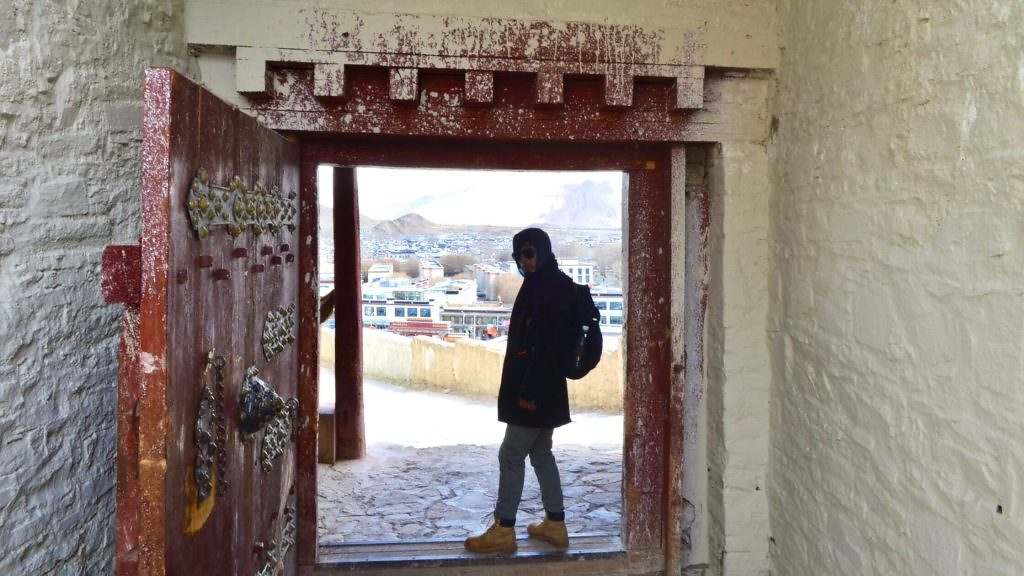
Gyantse city is the county capital of Gyantse county. It was a strategic intersection of great historical importance. It is about 250 km from Lhasa and 67 km from Shigatse city. Gyantse was once considered to be Tibet’s third-largest town after Lhasa and Shigatse. Still, nowadays its status has diminished, in size being surpassed by Tsedang city, Chamdo, and more cities in the Tibetan region.
Nevertheless, Gyantse has preserved much of the old Tibetan atmosphere and rural life continued here for centuries, Gyantse has traditionally dominated the wool and timber trade routes from Nepal, Sikkim, and Bhuies.
Some of the best places to visit in Gyantse county are the fortress, Pelkor Stupa, and Ralung Monastery.
